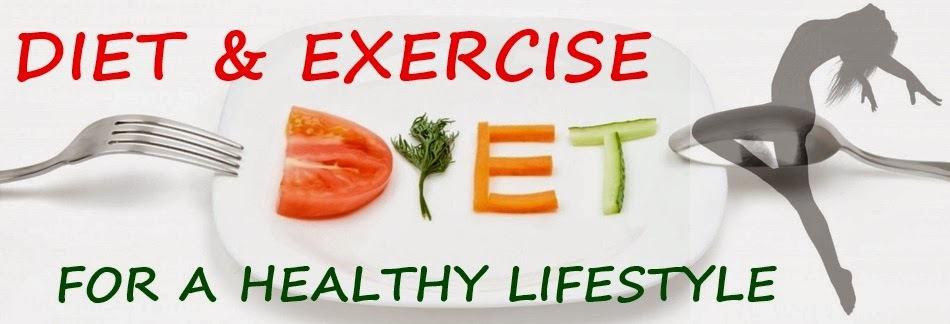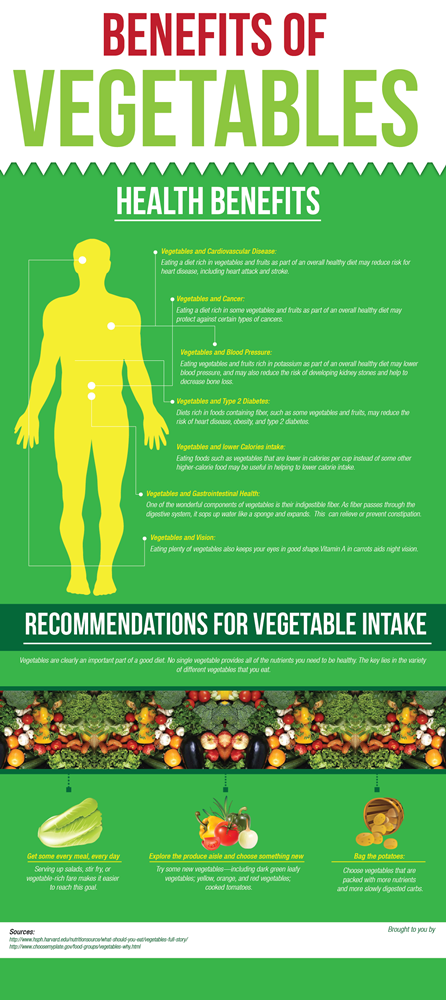According to a clinical trial led by University of Cincinnati researchers, a snack food ingredient called olestra has been found to speed up the removal of toxins in the body.
Results are reported in the April edition of the Journal of Nutritional Biochemistry.
The trial demonstrated that olestra—a zero-calorie fat substitute found in low-calorie snack foods such as Pringles—could reduce the levels of serum polychlorinated biphenyls (PCBs) in people who had been exposed to PCBs.
Persistent Organic Pollutants and you
Every day we unknowingly ingest a multitude of pesticides, industrial pollutants and other unwanted toxic chemicals. These persistent organic pollutants (POPs), make their way into
our fat cells and tissues. They build up over our lifetime because our
bodies cannot get rid of them.
These man-made compounds resist
decomposition even in our environment, and research findings indicate
that they have many more negative effects on us than previously
suspected. The primary means of POP transport and human exposure are
thought to be through the air, through the food chain (primarily in
animal fats) and through our water.
When we eat foods that are contaminated
with POPs (some are contaminated more than others, but most foods
contain some quantity of POPs), they are digested, then stored in our
fat cells—where it becomes difficult to get rid of them for a couple of
reasons. First, POPs like fat, so they want to stay where the fat is.
Second, if they are released from fat cells during weight loss they are
reabsorbed into the bloodstream and eventually returned to fat cells in
the body. In other words, POPs can get in, but they cannot get out. And
since they are always coming in, we’re always going to accumulate more
and more of them, which at some point can begin to cause serious
problems.
POPs have been widely accepted as being
associated with cancers, diabetes, neurological, and reproductive
problems in humans and animals. Wikipedia has done a good job of citing
sources and studies for those who would like more detailed information
about POPs, including the “dirty dozen” listing of the most notorious
offenders and related health effects.
Armed with information about POPs, the
important question becomes: how can we rid ourselves of these almost
“ungetridable” compounds? One simple answer: Fat-Free Pringles! Pringles, while not considered a “health food,” do contain the fake fat
olestra, which has been found to stimulate the excretion of toxins from
the body.
Twenty-eight residents Anniston, Ala., who had known high levels of
PCBs participated in the yearlong study. Half of the participants
consumed 12 Pringles a day made with vegetable oil, and the other half
consumed 24 Pringles a day made with olestra. The serving sizes varied
to control for calorie count. According to the results, the half who ate the olestra chips had a
PCB rate of decrease of 8%, an eight-fold increase in the rate of
removal prior to the study compared with those who ate the chips with
vegetable oil, who had a 1% increase in the rate of removal.The Olestra Detox Diet
"Olestra's effect on PCB removal is apparently the result of solubilizing fat-soluble compounds like PCBs in the intestine and the solubilization reduces absorption of these compounds into the body," says Jandacek. The researchers note that fat-soluble pollutants such as PCBs are widespread and known to ascend the food chain, meaning that everyone tested has measurable levels.
Your prescription for reducing the amount of POPs in your body? Take 20 Pringles per day, exercise regularly, reduce your intake of foods containing animal fats and drink plenty of purified water.
Sources: http://medicalxpress.com/, http://www.sciencenewsline.com/, http://www.sciencedaily.com/, http://www.changemagazine.net/
























